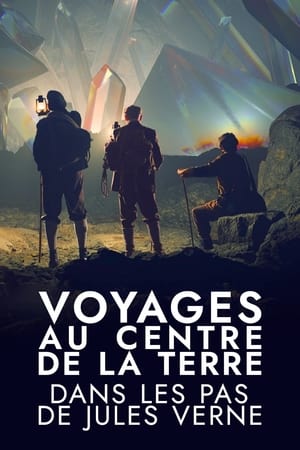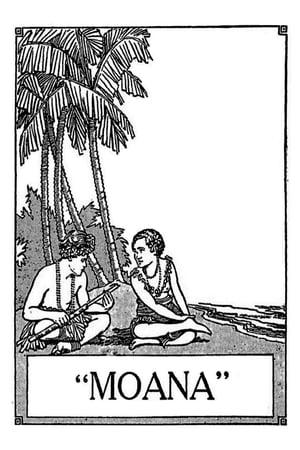

Sacred Vessels: Navigating Tradition and Identity in Micronesia(NaN)
A 1997 documentary by Micronesian scholar, Vicente M. Diaz, that follows a new generation of traditional outrigger canoe builders and navigators from Polowat, Central Carolines, Federated States of Micronesia, and Guam in their respective efforts to continue and resuscitate an ancient tradition of outrigger canoe carving and sailing in the late twentieth century. Like the motif of water that flows through the documentary and blurs lines between surface and depth, and between water, land and air, an indefatigable tradition and aesthetic of seafaring is shown to also challenge pat and problematic distinctions between past and present, tradition and modernity, indigenous and Christian religiosity and spirituality, that prevail in conventional understandings of Micronesian culture and history.


Movie: Sacred Vessels: Navigating Tradition and Identity in Micronesia
Video Trailer Sacred Vessels: Navigating Tradition and Identity in Micronesia
Similar Movies
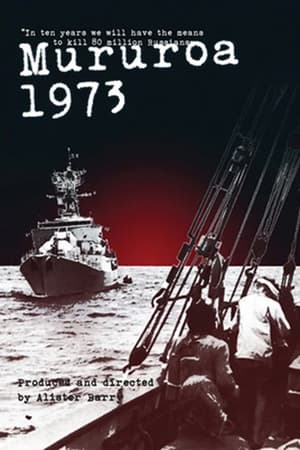 0.0
0.0Mururoa 1973(en)
In 1973 Alister Barry joined the crew of a protest boat (The Fri) to Mururoa Atoll, where the French Government were testing nuclear weapons. Barry records the assembly of the crew, the long journey from Northland, and their reception in the test zone; when The Fri was boarded and impounded by French military he had to hide his camera in a barrel of oranges.
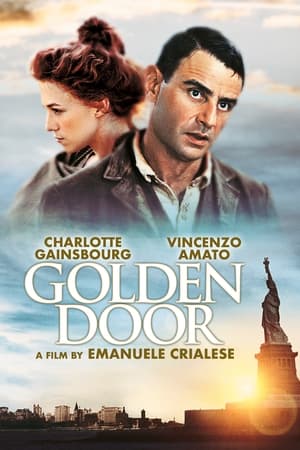 6.5
6.5Golden Door(it)
The story is set at the beginning of the 20th century in Sicily. Salvatore, a very poor farmer, and a widower, decides to emigrate to the US with all his family, including his old mother. Before they embark, they meet Lucy. She is supposed to be a British lady and wants to come back to the States. Lucy, or Luce as Salvatore calls her, for unknown reasons wants to marry someone before to arrive to Ellis Island in New York. Salvatore accepts the proposal. Once they arrive in Ellis Island they spend the quarantine period trying to pass the examinations to be admitted to the States. Tests are not so simple for poor farmers coming from Sicily. Their destiny is in the hands of the custom officers.
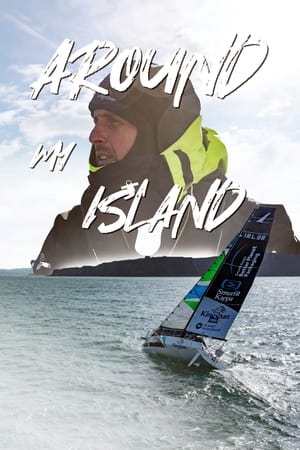 8.0
8.0Around My Island(en)
Cameras follow Irish solo sailor Tom Dolan as he attempts to sail single-handed around the island of Ireland, which is one of the toughest feats in sailing.
 7.0
7.0Dawn of the Great Steppe(kk)
In the 16th century, during the Kazakh Khanate, Kasym Khan was the fourth ruler, often viewed as the greatest leader to unite the Kazakh tribes.
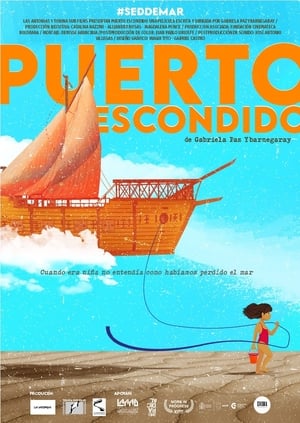 6.5
6.5Puerto escondido(es)
In 1879, Bolivia lost its access to the sea in a war. When I was a child I did not understand how we had lost it; he thought the Chileans had taken him away in buckets. It is a diary towards interior landscapes, myths, characters and contradictions in a country that relives this loss every day.
Nauru, an Island Adrift(fr)
A quiet island, lost in the pacific ocean. Nothing worth of interest, until the day a stroke of luck, phosphate, provided by the island's coral core, led the country to incredible heights: in 1975, it became the second richest country per inhabitant in the world after Saudi Arabia... Only to plunge into ruins a few years later.
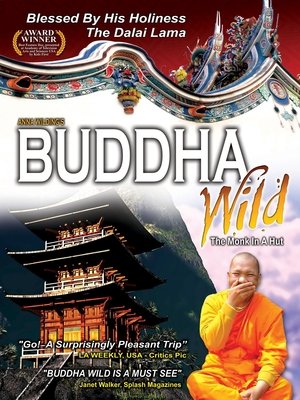 10.0
10.0Buddha Wild: Monk in a Hut(en)
Buddhist monks open up about the joys and challenges of living out the precepts of the Buddha as a full-time vocation. Controversies swirling within modern monastic Buddhism are examined, from celibacy and the role of women to racism and concerns about the environment.
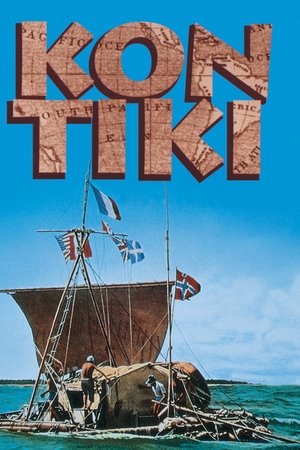 7.5
7.5Kon-Tiki(no)
"Kon-Tiki" was the name of a wooden raft used by six Scandinavian scientists, led by Thor Heyerdahl, to make a 101-day journey from South America to the Polynesian Islands. The purpose of the expedition was to prove Heyerdal's theory that the Polynesian Islands were populated from the east- specifically Peru- rather than from the west (Asia) as had been the theory for hundreds of years. Heyerdahl made a study of the winds and tides in the Pacific, and by simulating conditions as closely as possible to those he theorized the Peruvians encountered, set out on the voyage.
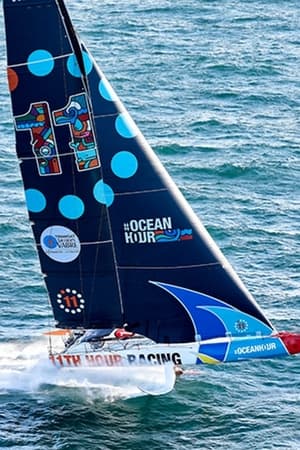 0.0
0.0Under the Hull: an 11th Hour Racing Team Documentary(en)
Under the Hull takes viewers behind the scenes as the Newport, Rhode Island based team lines up against the masters of the sport of offshore sailing – the French – in the build-up to the double-handed race across the Atlantic. From the building of a brand new, state-of-the-art 60-foot foiling race boat, to the physical, mental and onboard training, the film gives unrivaled insights into the highs and lows as the four sailors, supported by an international shore team, prepared their two entries – Mālama and Alaka’i – for the race of the year.
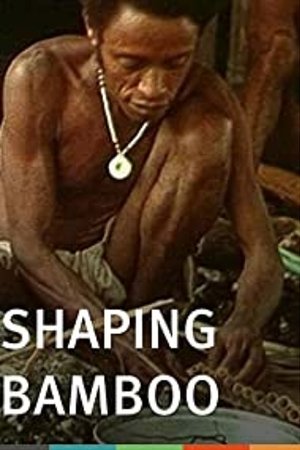 0.0
0.0Shaping Bamboo(en)
For the 'Are'are people of the Solomon Islands, the most valued music is that of the four types of panpipe ensembles. With the exception of slit drums, all musical instruments are made of bamboo; therefore the general word for instruments and the music performed with them is "bamboo" ('au). This film shows the making of panpipes, from the cutting the bamboo in the forest to the making of the final bindings. The most important part of the work consists in shaping each tube to its necessary length. Most 'Are'are panpipe makers measure the length of old instruments before they shape new tubes. Master musician 'Irisipau, surprisingly, takes the measure using his body, and adjusts the final tuning by ear. For the first time we can see here how the instruments and their artificial equiheptatonic scale-seven equidistant degrees in an octave-are practically tuned.
 0.0
0.0Sons from Afar(en)
New Zealand hip-hop artist Che Fu and his father Tigi Ness travel to their island homeland Niue for the first time to unravel the shared histories. There they also wow the locals with a performance at the Niue Arts and Cultural Festival.
Lights and Shadows(en)
A black-and-white short film about Heiva, a Tahitian folklore festivity.
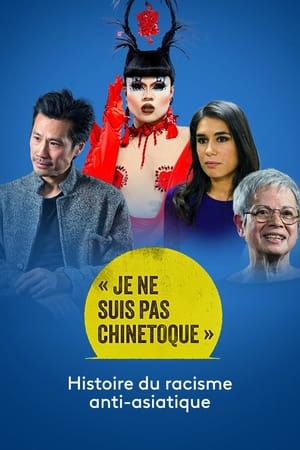 7.8
7.8« Je ne suis pas chinetoque » : Histoire du racisme anti-asiatique(fr)
Journalist Émilie Tran Nguyen invites the viewer to follow her in her quest and discover, at the same time as her, the historical origins of this anti-Asian racism. Told in the first person, alternating archive images, interviews with historians, sociologists and field sequences, this film traces the making of prejudices in the French imagination and pop culture, to twist the neck of stereotypes, deconstruct and act.
 0.0
0.0Paname: The Ghost of the Great Frenchman(fr)
Ferdinand de Lesseps, known as “The Great Frenchman”, will embark in the greatest adventure of his life: To unite the Pacific and Atlantic oceans through a Canal in the Isthmus of Panama – without knowing that this will cost him his reputation, thousands of innocent lives and the biggest financial scandal of all time, up to that point: the famous “Scandal of Panama”. Today, the French capital is known as “Paname”.
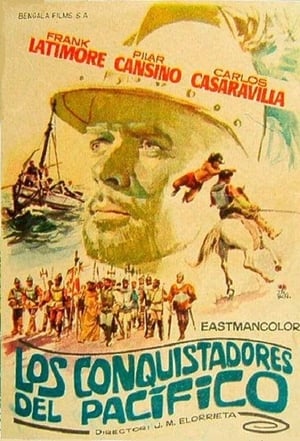 4.5
4.5Los conquistadores del Pacífico(es)
Frank Latimore is cast as Balboa, the heroic Spanish explorer who discovers the Pacific Ocean. Along the way, he must pacify the wrath of his enemies and battle his way through a forest inhabited by savage natives. This one features some really nice battles, stunning ocean photography, and tolerable reconstruction of historic events.
 0.0
0.0On the Track of Robert Van Gulik(en)
Robert van Gulik (1910-1967) is one of the world’s most read authors from the Netherlands. This diplomat, Sinologist and scholar is mainly known for his detective novels, starring 'Judge Dee'. Filmmaker Rob Rombout follows in his footsteps to discover the author’s legacy - via his diaries, the people he inspired and those who witnessed his extraordinary life.
 0.0
0.0Belov: A Life at Sea(pt)
The first biographical documentary film about the greatest Brazilian sailor by miles traveled. Setting sail from Salvador - Bahia - Brazil, Capital of the Blue Amazon, the Ukrainian Brazilian personality Aleixo Belov has already circumnavigated the globe five times, three of them alone, aboard a little sailboat built in his own backyard.




